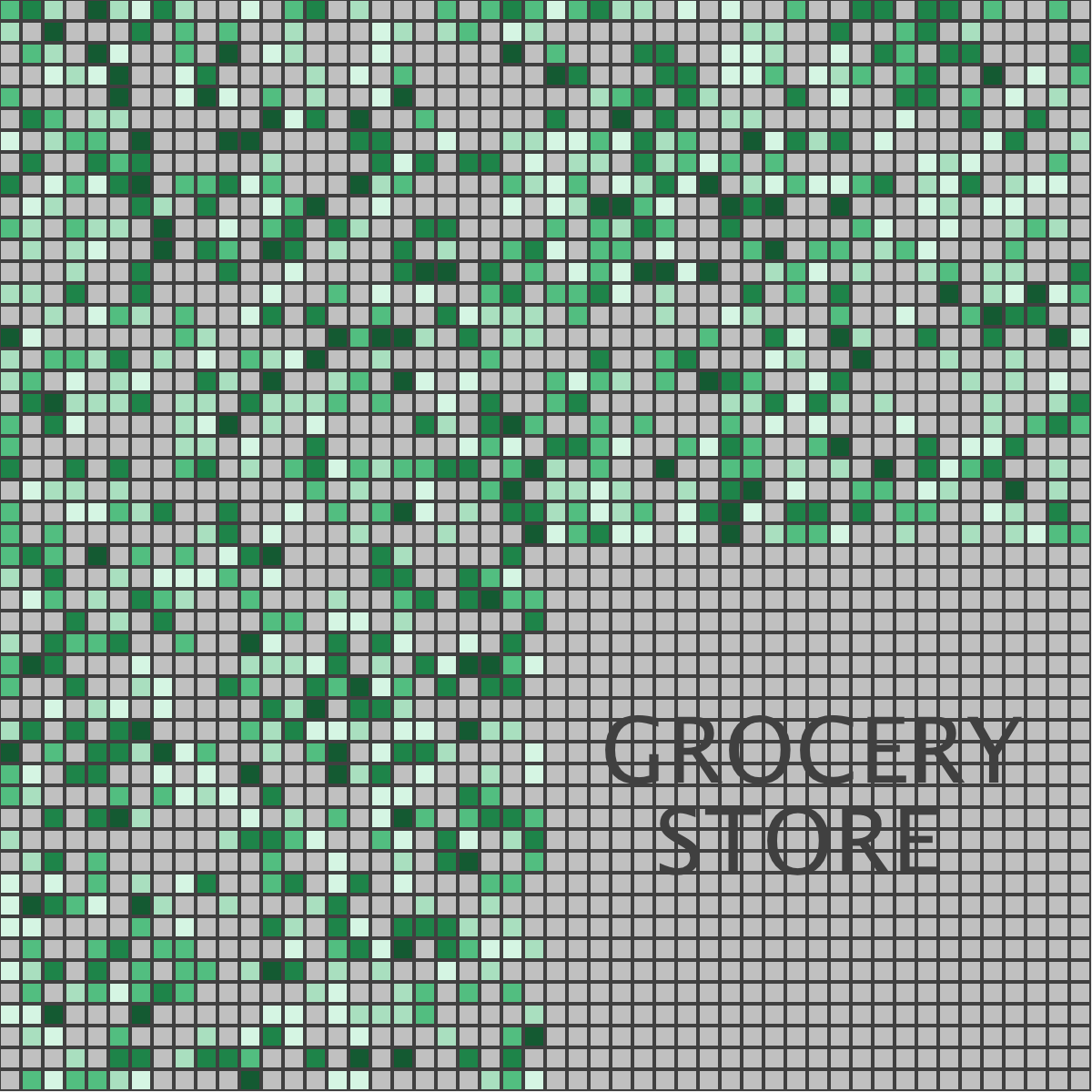N°5
COVID-19 Simulator
Overview
Networks and Social Systems (NETS 150) at the University of Pennsylvania. The class was regarding network theory and implementation with Java. This final group project was done toward the end of Spring Semester 2020. With the COVID-19 pandemic affecting our everyday lives, we chose to simulate the network of the spread of infectious disease using the COVID-19 infection rates available to us.
NETS 150 Final Group Project: COVID-19 Simulator
Team: Carissa Zou, Tanusri Balla, Jennifer Higa
With this global pandemic affecting everyone’s daily lives, we wanted to use this opportunity to create a COVID-19 simulator, which would simulate the spread of the disease using real-world data. We used the Schelling Simulator model as our base, and changed several things to reflect the current situation:
1. We modeled people living in varying levels of isolation by modifying the simulator to optimize for the number of empty squares surrounding an individual instead of comparing in- and out-groups.
2. We modeled the locations people exist in now by constraining people to isolate within neighborhoods on the grid.
3. We modeled the concept and risk of essential trips by making a select portion of each neighborhood's population go to the grocery store and be near other people. Each individual's risk of infection (or viral load) increased based on the risk of their neighbors on the grid at the grocery store and then in isolation.
4. We modeled the variation in risk between different individuals by assigning different levels of susceptibility to different individuals based on their age group.
5. We modeled the variation of the spread of disease between different countries by scraping current infection rate and age distribution data for different countries from online.
Categories of Work:
1. Implementation Project: We created an interactive simulator, complete with a user interface, for users to play around with and observe the effects of changing different variables in the environment (e.g. isolation level, age distribution, country).
2. Empirical Analysis: We used our simulator to test two hypotheses about which variables in the environment could be changed to effectively slow the spread of COVID-19.
Work Breakdown:
- Jennifer: User interface (welcome screen, I/O for user inputs of a custom age distribution or country, simulator screen, buttons for moving people to isolation or the grocery store, warning messages when the user messes up, toggling between viewing the infection and age distributions on the grid)
- Carissa: Web scraping for infection rates and age distribution by country (including any country chosen by the user), modification of Schelling simulator to constrain people to moving to their own neighborhoods/grocery store
- Tanu: Modification of Schelling simulator to model isolation, setup of Person class to track infection risk and susceptibility, handling updates of infection risk of each person to represent SIR
-All: Helped edit each others things, experimentation, write-up
web-scraping
web-scraping
If you want to check out our user manual for the COVID-19 simulator, click the button below!
